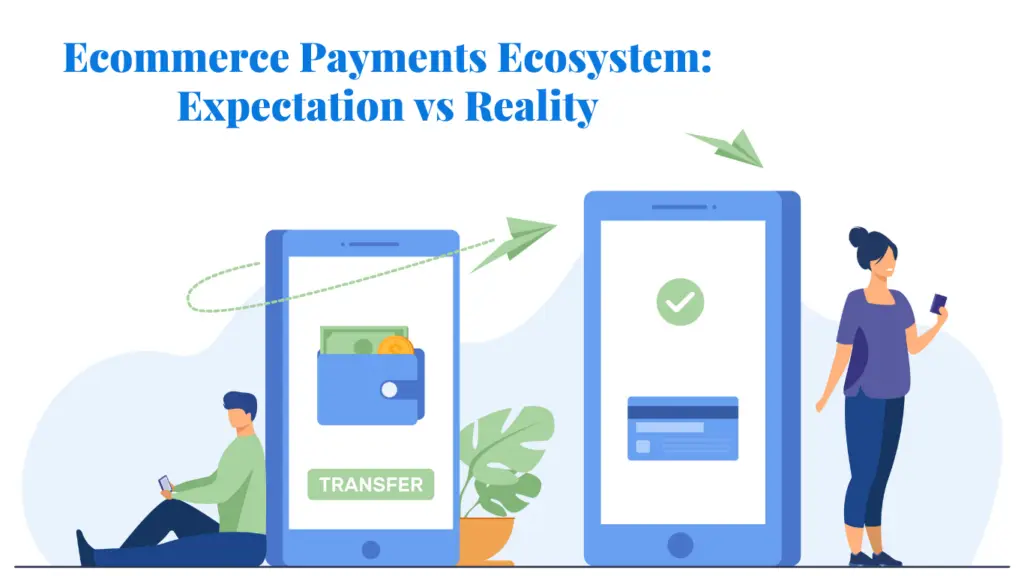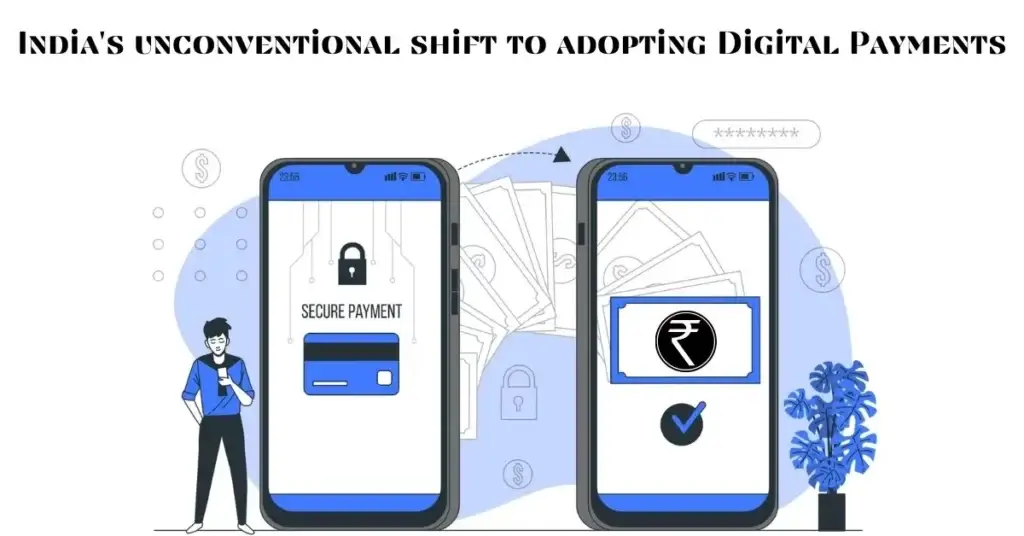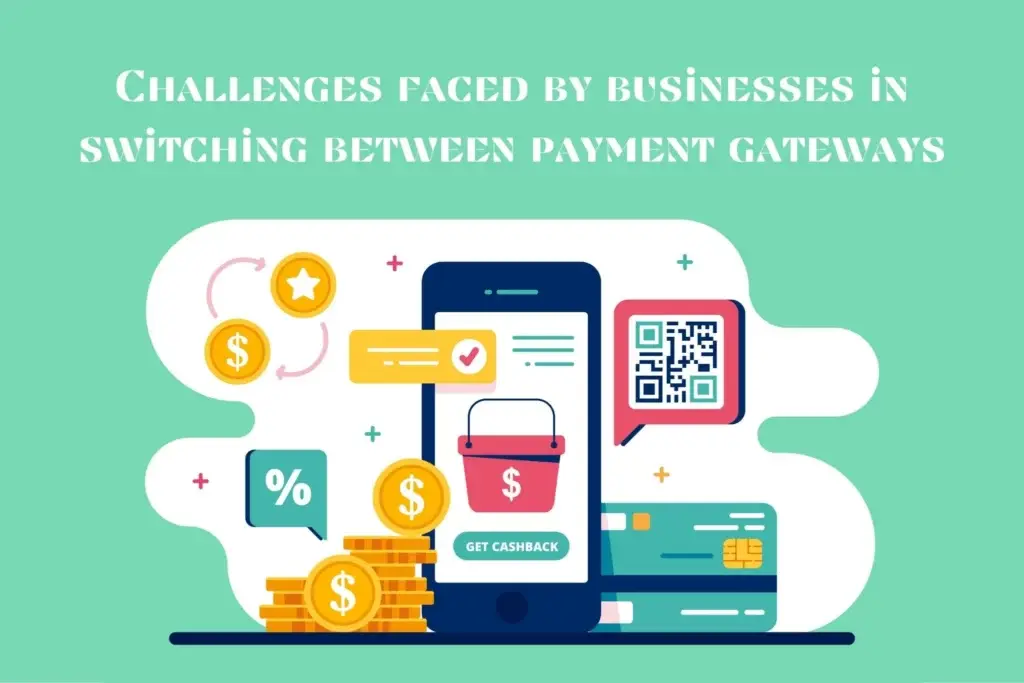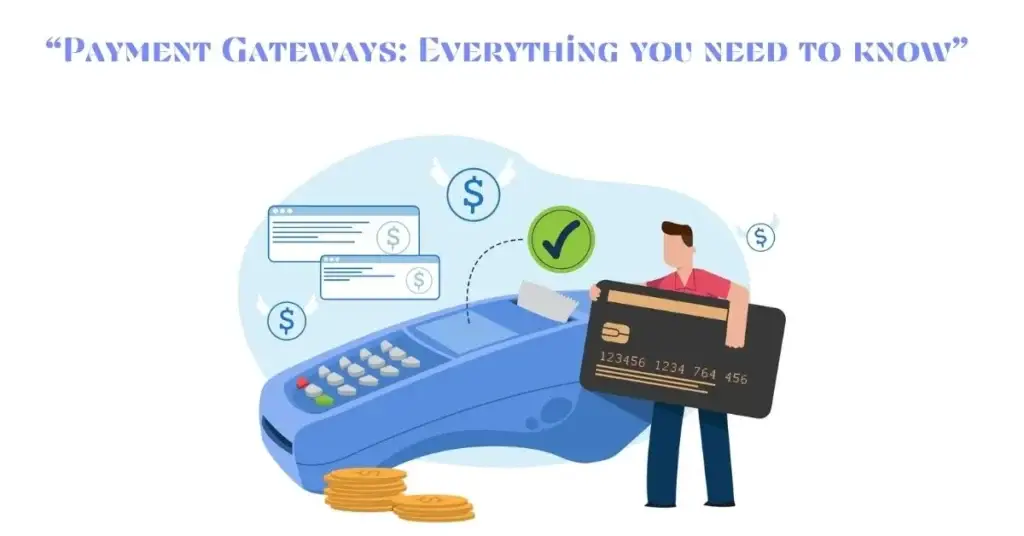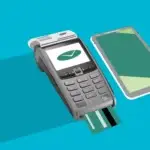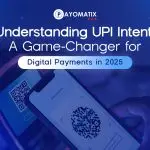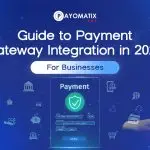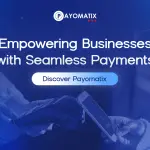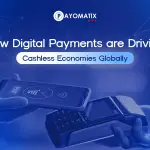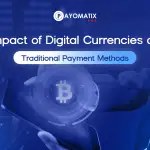The arena of online payment solutions or digital payment gateways is spreading its wings in the market. With an increasing number of businesses using these technological advancements to their benefit, it has become necessary for entrepreneurs to understand the nitty-gritty of Payment gateways in order to understand the concept to its penultimate level.
Choosing the best-suited payment gateway integration for your business requires thorough research that requires entrepreneurs to know the in and out of these digital payment solutions. If you think that not knowing the technicalities will not be much of a big deal, you are in for a surprise.
As a business owner, you must always strive to increase your IQ regarding the technicalities that are involved in your payment gateway to get a better grasp on the matter. This will not only help you choose the right online payment gateway but will also help you pick the right service provider.
Sometimes knowing the terminology of a certain domain greatly helps you evaluate your needs and demands. When you have extensive knowledge regarding something, you can make valuable and well-informed decisions for yourself.
Hence, for all the young entrepreneurs out there, we have compiled a list of terminologies regarding payment gateways to boost your IQ on the subject. Read till the very end and add these words to your business vocabulary.
A Glossary of Payment Gateway Terms Entrepreneurs Need to Know
Payment gateway
What better than to start with the payment gateway itself? A payment gateway is a service provider that provides its services on e-commerce forums; it validates credit card payments and so on for online stores and businesses.
It mediates the transfer and authorisation of payment information and personal details of the customers between a payment portal like a website, e-commerce checkout page, and so on and the front end processor i.e. the procuring bank. Now that you understand what a payment gateway is, let us move towards the next term.
Merchant
A merchant is basically a seller who sells products/commodities and services in the market. A merchant can be interchanged with a business. It may be small or big. Merchants can provide their services online as well as physical, offline stores.
Quick Response Codes (QR Codes)
A Quick Response code is basically a barcode that can be easily read by a device such as a mobile, and which stores information as a series of pixelated dots in a square formation. They are generally used to track product information in a supply chain.
QR codes are capable of storing hordes of data. A QR code is bidirectional, meaning, it can be read in two ways; top to bottom and right to left. This very fact allows it to store substantially more data. The data that can be stored in a QR code can include website URLs, phone numbers, or text.
Payment Reconciliation
Payment reconciliation is a mode of record-keeping that compares and contrasts financial records that are housed within statements from the bank to make sure that the accounting is precise. When a statement from a bank arrives, the costs and payments are checked against each other to make sure everything tallies.
Secure Electronic transfer protocol (SET)
The SET protocol is an instrument that makes sure that payments are processed using credit cards are carried out safely without undesirable happenings. The protocol was developed by Visa and Mastercard.
The security detail makes use of complex hashing solutions for the payments made by credit cards. SET protocols help mask customers’ personal details and keep their information confidential.
Tokenisation
Tokenisation is a process that involves the hiding of sensitive, volatile details such as authentication codes of credit and debit cards into a unique set of codes that are popularly known as tokens. It is a security technique popularly used by payment gateways.
Merchant account
A merchant account is a bank account that allows merchants to process payments and settle them. The payment gateway integration services that has been integrated with your business will deposit the funds from your sales in the account.
These funds are transferred from your merchant account into your business’ bank account. It should not be confused with a business account. You do not hold any kind of control over your merchant account. It is for holding deposits only.
API
API keys help arrange software development kits and libraries and are an integral part of gateways in mobile apps. If merchants are willing to exercise a higher degree of control over the checkout experience, they must opt for APIs.
The payment gateway API and Payment request API process the mode of checkout. It helps buy one API call and requires your mobile application user to go through fewer steps.
Point of Sales (POS)
Point of sale is also known as point of purchase. It is the time and place where a retail transaction is concluded. In simple terms, it is a place where consumers make transactions for goods and services.
Sale taxes may come into being at such a place. Such places comprise physical stores in which POS systems are used for processing card payments or a virtual sales point like a computer, mobile, and so on.
Mobile Wallets
Mobile wallets are virtual wallets made available by many giant technology companies. These mobile wallets store the account and bank details of the user and can be used to make payments. Even many banks have launched e-wallet services. Some widely used examples of such wallets are Paytm, Mobikwik, Freecharge, etc.
UPI
Unified Payments Interface AKA UPI is probably one of the most widely used digital payment methods for small-scale transactions. The customer can receive or pay money through various UPI-based mobile apps. All you need is a Virtual Payment Address (VPA). This method has allowed a seamless transaction of money at all levels of the market.
Internet Banking
Internet banking refers to the process of carrying out banking transactions online. Internet banking is also referred to as e-banking or virtual banking. Internet banking is usually used to make online fund transfers via NEFT, RTGS, or IMPS. Banks offer customers all types of banking services through their website and a customer can log into his/her account by using a username and password.
Acquiring Bank
It is the bank that allows you to make transactions via the chosen payment gateway.
Issuing Bank
It is the bank the customer uses when making transactions.
Conclusion
These are just some of the basic terminologies related to the payment gateway that every entrepreneur must know. There are numerous other terminologies that are involved in this vast arena. We hope that you now feel empowered after adding these terms to your business vocabulary. Knowing the nitty-gritty of things gives you an edge over other people. For more such relevant information, visit Payomatix.


